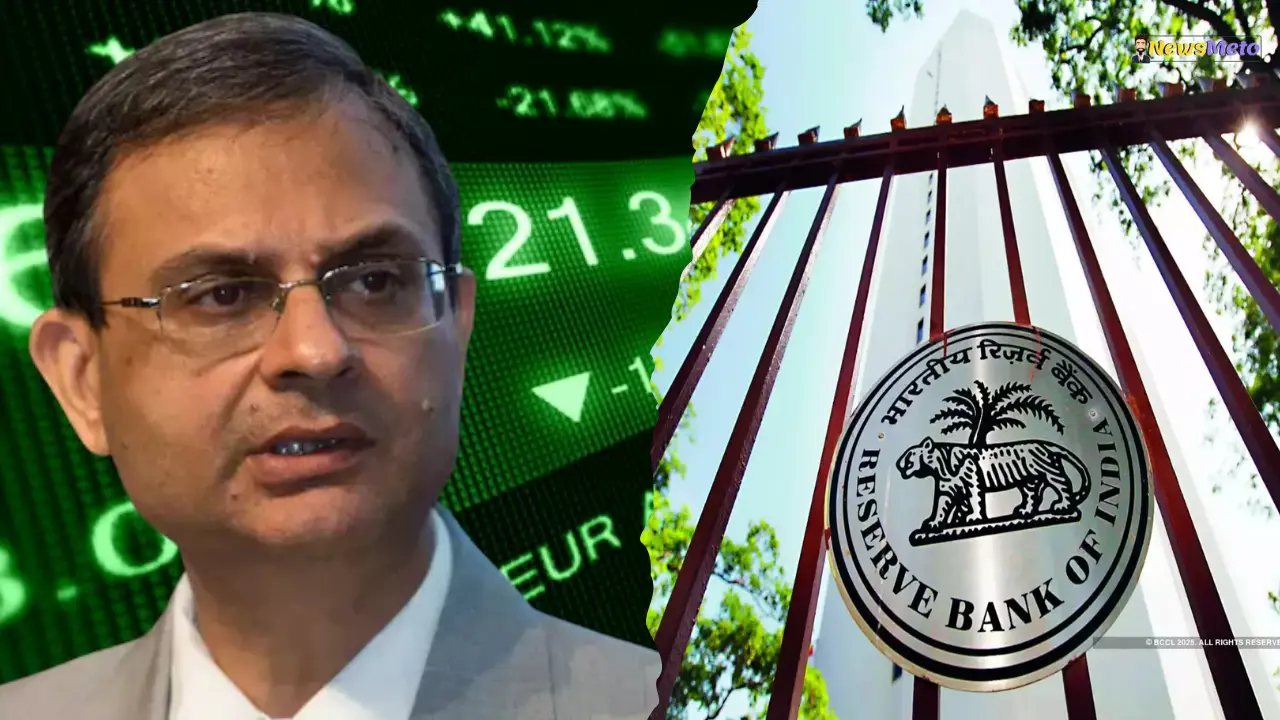The Indian share market has been struggling in recent days, with investors hesitant to make fresh purchases due to liquidity concerns. But now, all eyes are on the Reserve Bank of India (RBI) as it prepares for a massive cash injection to stabilize the financial system. On February 28, RBI will pump ₹86,000 crore into the banking system through a dollar-rupee swap.
This move is expected to provide temporary relief and could trigger a fresh rally in the stock market. Experts are calling this the biggest liquidity infusion of its kind, aiming to ease cash shortages and restore confidence in the financial markets.
RBI’s Mega Liquidity Boost & How It Works
To understand this, let’s break it down. The RBI will conduct a three-year dollar-rupee swap, where it will buy US dollars and release an equivalent amount of rupees into the system. Then, in March 2028, the process will reverse, and RBI will sell those dollars back while pulling the rupees out.
A similar move was made on January 31, when RBI conducted a $5 billion swap. Apart from this, RBI has also been actively buying bonds through Open Market Operations (OMO), purchasing securities worth ₹1 lakh crore to increase liquidity.
Additionally, the central bank has relaxed LCR (Liquidity Coverage Ratio) norms for banks for a year and even cut interest rates by 0.25%, all to ensure enough money flow in the system. However, the big question remains: Will these steps be enough to tackle the ongoing liquidity crunch?
Why is the Banking System Facing a Cash Crunch?
For the past few months, Indian banks have been facing a shortage of liquidity, a problem that started around November 2023. The reasons behind this are multiple. First, RBI’s forex market interventions led to dollar selling, which sucked rupees out of the system.
Second, inter-bank call money rates have been higher than RBI’s repo rate, signaling a shortage of cash flow. Third, despite RBI injecting ₹1.4 lakh crore through bond purchases and ₹44,000 crore via a smaller swap earlier, a liquidity gap of ₹1.7 lakh crore still exists.
Now, with the fresh ₹86,000 crore infusion, there is some hope, but experts warn that March might bring more challenges.
March Crisis Ahead? Why More Action May Be Needed
March is a crucial month for liquidity as several factors can further drain cash from the banking system. Companies are required to pay their advance taxes and GST, leading to a huge outflow of funds. Additionally, Foreign Institutional Investors (FIIs) have been aggressively selling in the Indian stock market, further tightening liquidity.
Another concern is RBI’s ongoing dollar sales to maintain rupee stability, which puts additional pressure on cash availability. Experts believe that while the upcoming swap auction and OMO bond purchases will help, RBI may need to take more steps to prevent a deeper liquidity crunch next month.
Despite the challenges, one positive impact of the swap auction is that it will boost India’s foreign exchange reserves. However, its direct impact on the rupee is expected to be minimal, as the US dollar index remains stable.
While RBI’s move will provide relief to the banking system, it may not be a complete solution to the liquidity crisis. Investors and analysts will closely watch the market reaction in the coming weeks.
NewsMeto is now available on WhatsApp! Click here to join the NewsMeto WhatsApp Channel and get all the latest updates on India, World, Entertainment, Technology, Business, Sports, Politics, Health, Lifestyle and more—right in your chat.
Get all the latest updates on News, Entertainment, Cricket, Movie, Technology, Auto, India & World keeps you informed with stories that matter— right in your WhatsApp 👈 Now!









